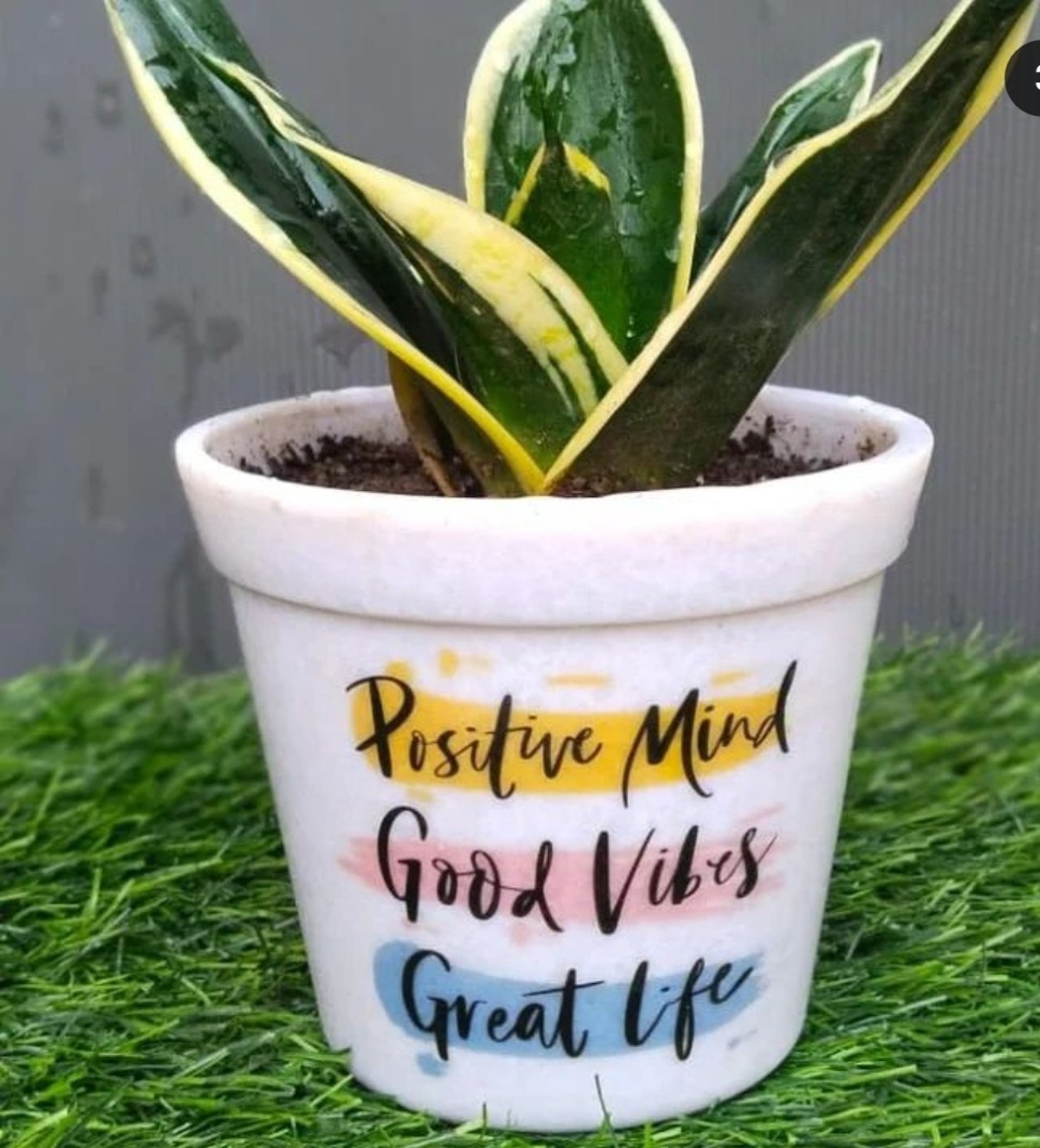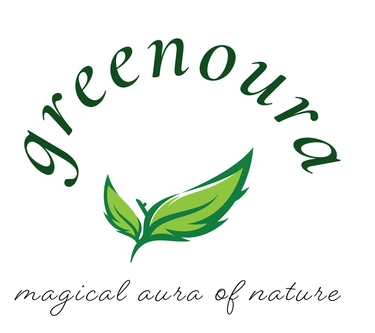
Choosing the Right Planter
2 min read


The terms “pot” and “planter” will be used interchangeably. Although there are differences. Pots are containers with drainage holes in the bottom, designed to contain substrate and plants. They are made of different materials: biodegradable, recycled, cement, wood and more, although plastic, clay or terracotta are the most popular. Planters on the other hand are supports to contain pots with plants. They can refer to those decorative pots that hide the pot, but they also group together those that have legs and offer height
Choosing the right planter for your plant is essential for its growth and overall health. The right planter provides adequate space, proper drainage, and the right environment for your plant to thrive. There are several factors to consider when selecting a planter, and in this guide, we will explore these factors in detail.
1. Size
The size of the planter is crucial as it determines the space available for your plant's roots to grow. A planter that is too small may restrict root growth and lead to stunted plant growth. On the other hand, a planter that is too large can cause overwatering and root rot. Consider the size of your plant and choose a planter that provides ample space for its roots to spread.
2. Material
The material of the planter plays a significant role in maintaining the right moisture levels and temperature for your plant. Different materials have varying levels of insulation and water retention. Clay and terracotta planters are porous and allow for better airflow and drainage, making them suitable for plants that require well-draining soil. Plastic and resin planters, on the other hand, retain moisture better and are ideal for plants that prefer more consistent moisture levels.
3. Drainage
Proper drainage is crucial to prevent waterlogging and root rot. Look for planters with drainage holes at the bottom to allow excess water to escape. If you choose a planter without drainage holes, consider adding a layer of gravel or clay pebbles at the bottom to create a reservoir for excess water.
4. Style and Aesthetics
The style and aesthetics of the planter can enhance the overall look of your plant and complement your interior or outdoor space. Consider the design, color, and texture of the planter to ensure it matches your personal style and the overall decor of the area where the plant will be placed.
5. Plant's Needs
Each plant has specific needs in terms of light, humidity, and watering. Consider these requirements when choosing a planter. For example, if you have a plant that requires high humidity, you may opt for a planter with a built-in humidity tray. If your plant prefers bright light, choose a planter that allows for ample sunlight penetration.
6. Mobility
If you plan to move your plant around frequently, consider a planter with wheels or a lightweight material that makes it easy to transport. This is particularly important for larger plants that may be difficult to lift or maneuver.
7. Budget
Lastly, consider your budget when choosing a planter. There are various options available at different price points. While it's important to invest in a quality planter, you can find affordable options that meet your plant's needs.
By considering these factors, you can choose the right planter that provides the best environment for your plant to thrive. Remember to regularly check your plant's growth and adjust the planter if necessary. Happy planting!
Contact us
sonia.greenoura@gmail.com
Digital presence
(+91) 9667476590
We have with us proven packaging and shipment partners to deliver products pan India. It is important to us that product reaches you properly.
In case of damage during shipment, just share an unboxing video on WhatsApp, either replacement or refund will be done. No hidden charges. No questions asked
